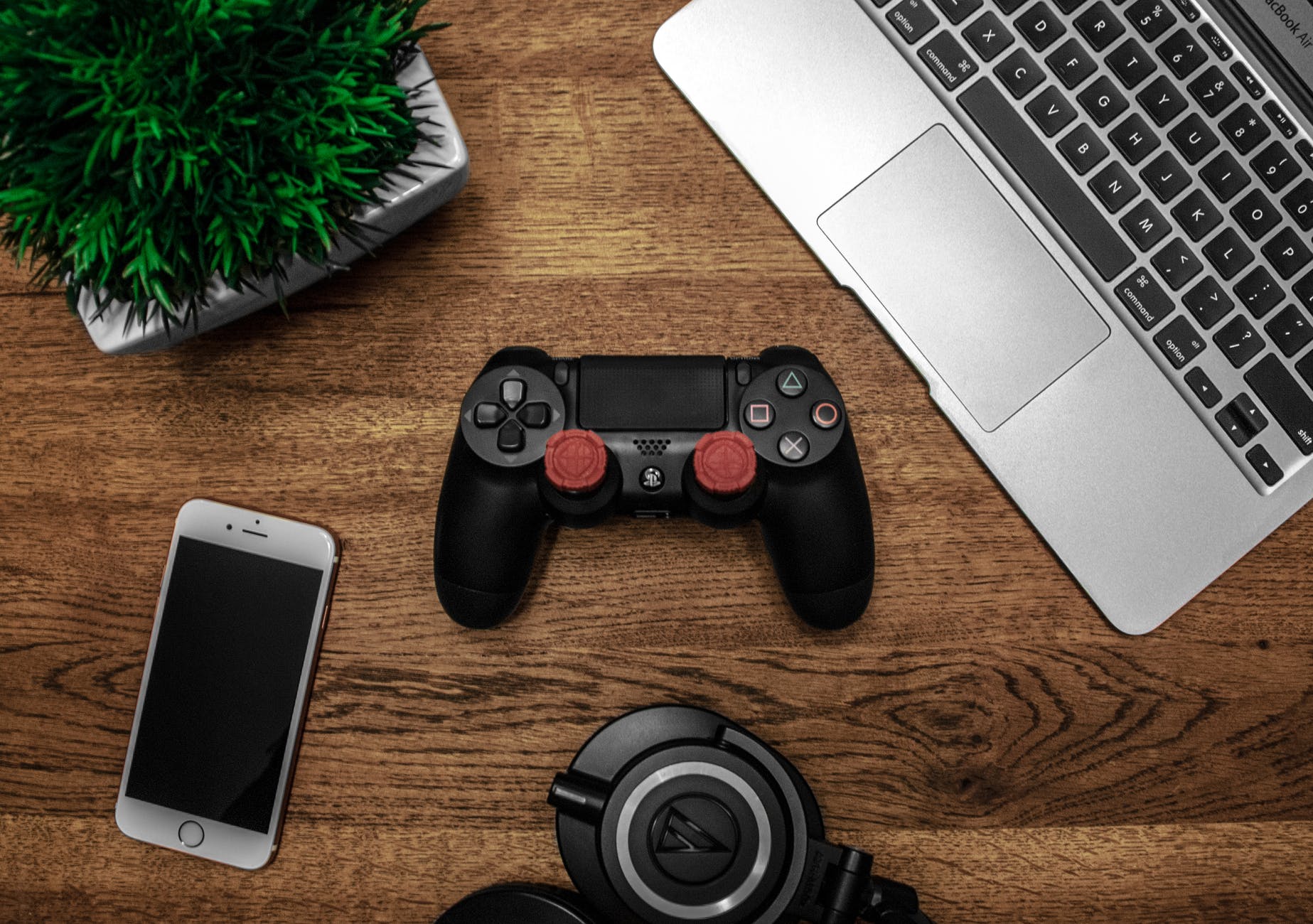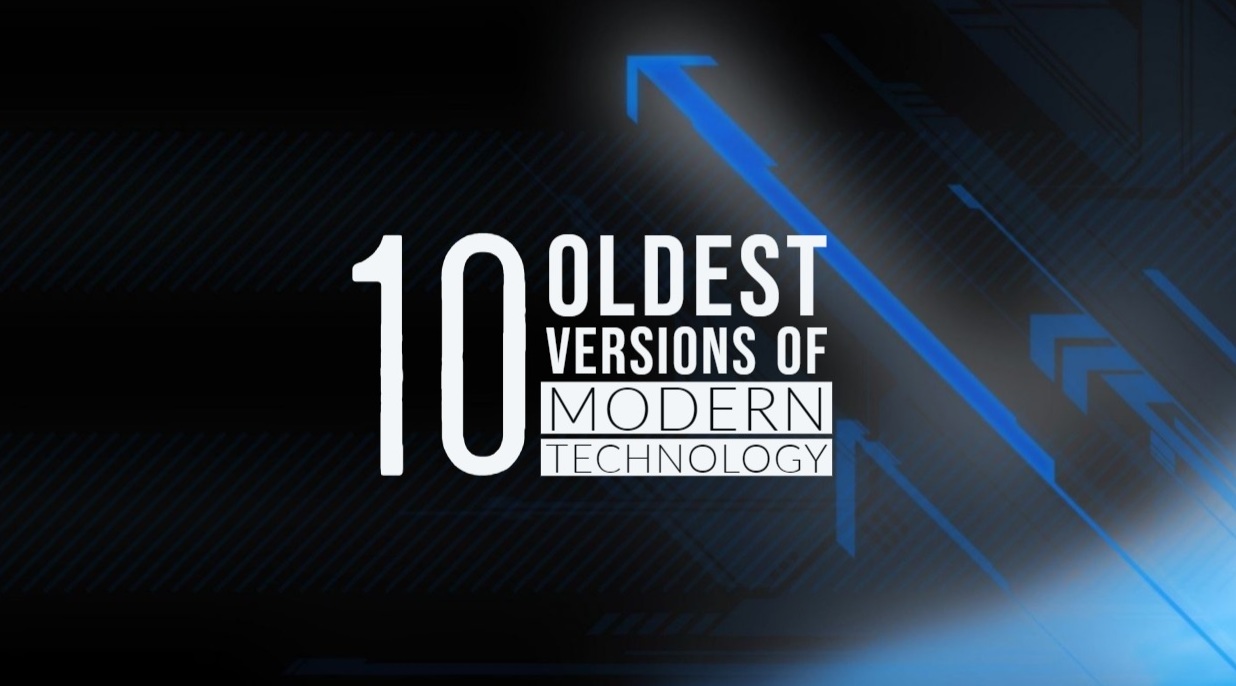In this article, I am comparing 2 gaming laptops Aero 15x vs Aorus x5. I will help you with which one you should buy. Let’s find out.
Specification Sheet |
Aero 15X |
Vs |
Aorus X5 |
| 1 TB HDD | Storage | 1 TB HDD |
| Intel Core i7 (8th Gen) Processor | Processor | Intel Core i7 (8th Gen) Processor |
| 15.6″ (39.62 cm) display, 1920 x 1080 px | Display | 15.6″ (39.62 cm) display, 1920 x 1080 px |
| 8 GB DDR4 RAM | Ram | 16 GB DDR4 RAM |
| Dual Speakers | Speakers | Stereo Speakers |
| Yes | Webcam | Yes |
| 2.2 GHz | Clockspeed | 2.2 GHz |
| NVIDIA GeForce GTX 1050Ti – 4GB | Graphic Processor | NVIDIA GeForce GTX 1060 – 6GB |
| LED | Display Type | LED |
| FineTip Keyboard with Independent Standard Numeric Keypad (International Language Support) | Keyboard | Standard Notebook Keyboard |
| 2.7 Kg | Weight | 2.2 Kg |
| 802.11 a/b/g/n/ac | Wireless Lan | 802.11 a/b/g/n/ac |
| 5.0 | Bluetooth | 4.2 |

Design |
Aero 15X:
The design of this thing hasn’t changed at all from the 15X from last year. It’s got this very industrial look, like the lines are sharper and more angular than some of the more modern looking laptops, but yeah, I like the design.
The build quality of this thing has always been above average. It’s not like an XPS 15 or MacBook, but compared to a lot of other aluminum paneled laptops, this one feels good. It’s mostly aluminum, there are some plastic components like the trim around the edge, which makes it look and feel a little bit less premium, but the overall build quality is good.
It has the same width and length as the previous generation, but it’s actually a little bit thinner.
Aorus X5:
The overall body is designed in black. It still looks very simple and clean. The design of the prominent triangular frame makes this machine more technological. More importantly, there are protective pads on the top and left and right borders of the machine to prevent the machine from damaging the screen during transportation.
The lid and interior are both a matte black aluminum and the build quality is pretty nice. It does have some plastic parts.
There is the Aorus logo that we used to see in on most of their computers. It also has a backlit. It’s a cool feature that they’ve added to this model.

Keyboard and Touchpad |
Aero 15X:
I don’t love is the keyboard, and this is not a huge complaint, it’s pretty minor, but I’m just gonna put it out there. The layout is fine, there’s nothing I dislike about the layout, but there’s something about the keys that are just somehow squished together, it actually took me quite a while to get used to typing on this thing. And it might be the keystroke itself, it just takes a little bit more pressure than regular to activate the switch.
There was a bit of keyboard flex while pushing down fairly hard, but this wasn’t an issue at all while typing normally, overall it felt fairly sturdy.
The trackpad is also not my favorite, it’s running ELAN drivers, and it’s not the drivers like, the gestures are okay, but the tracking feels a little off to me. And I’m getting this occasional bug, where the cursor stops moving for a split second. I’m sure they can fix it with software.
Aorus X5:
The keyboard uses the popular RGB full-color lamp design, supports independent single-point backlight control, and nominally each key can have 16.8 million different colors of the backlight. With the built-in AORUS Fusion software, you can change the keyboard to a variety of lighting effects.
There was almost no keyboard flex while pushing down fairly hard, it felt very sturdy.
It is good for a gaming laptop with a nice cookie response to the rubber dome keycaps. The amount of force required to activate each key makes it a great option for both typing and gaming.
The touchpad uses ELAN drivers by default and was extremely smooth to the touch, it felt great and it has a bronze-colored Aorus logo on it. I was able to easily install precision drivers through which made it perfect.
Weight and Dimensions |
Aero 15X:
The total weight of the laptop is around 2.0kg. With the 180w charger, the total weight increases to 2.7kg, so overall it’s quite light and portable.
The physical dimensions of the laptop are 35.6cm in width, 25cm in-depth, and 1.89cm in height.
Aorus X5:
The total weight of the laptop is 2.6Kg and when you add a charger, the total weight increases to 3.5kg.
The physical dimensions of the laptop are 39cm in width, 27.2cm in-depth, and 2.29cm in height.

I/O |
Aero 15X:
- Left side – There’s the ethernet port, USB 3.1 Gen2 Type-A port, HDMI 2.0 port, mini DisplayPort 1.4 output, and 3.5mm audio combo jack.
- Right side – There’s an SD card reader, USB 3.1 Gen2 Type-C port with thunderbolt support, two USB 3.1 Gen1 Type-A ports, power input, and Kensington lock.
- Backside – There’s nothing on the back.
- Front side – There’s nothing on the front other than some status LEDs towards the right,
- Underneath – There’s some air intakes towards the back to keep everything cool, as well as some rubber feet which do a good job at stopping the laptop from easily moving around.
Aorus X5:
- Left side – There’s a Kensington lock, air exhaust vent, mini DisplayPort 1.4 output, two USB Type-C ports, one is Thunderbolt 3 only while the other is USB 3.1 Gen2, and 3.5mm headphone and microphone jacks.
- Right side – There’s the SD card slot which supports UHS-II cards, two USB 3.1 Gen2 Type-A ports, HDMI 2.0 port, and air exhaust vent.
- Backside – There’s the power input, two more USB 3.1 Type-A ports, one is Gen2 while the other is Gen1, and a gigabit ethernet port.
- Front side – There’s nothing on the front other than some status LEDs towards the right.
- Underneath – There are some rubber feet that do a very good job at preventing the laptop from moving around.
Display |
Aero 15X:
It’s a really excellent display. It’s bright, it’s color accurate, it’s just a really good screen.
144 Hz on these new panels, it makes a world of a difference. The gameplay is very fluid, but even if you’re not a gamer, having your Windows desktop at a higher frame rate looks awesome. Just seeing your mouse cursor move around really smooth at 144 Hz, looks so much better than 60.
Now, this panel does not have G-Sync. G-Sync is really useful at lower frame rates, at like 40 to 60 frames per second.
The screen flex is minimal and same as the body paneling. It’s just a very rigid feeling laptop.
Aorus X5:
In terms of display, it is equipped with a 15.6-inch IPS display (4K resolution version is optional). It also supports g-sync. Similarly, this screen is also preset with the professional institution X-Rite Pantone’s color calibration at the factory to ensure accurate color. The viewing angles are good.
The display is one of the best aspects to the x5. Most gaming laptops up to use boring 1080p displays which often don’t get the most out of the hardware inside them. It comes in to display options and neither are 1080p. You get a WQHD+ display or a UHD display, both with g-sync and both with IPS technology.

Game Performance |
Aero 15X:
- Fortnite – Lowest settings we’re averaging 144 FPS which fully utilizes the 144Hz display in the laptop, but I thought it felt nice and smooth even maxed out.
- Overwatch – It was fairly similar, we’re getting fairly high frame rates and at epic it ran nice and smoothly for me.
- CS:GO – It was averaging just under the maximum refresh rate of the display, with the 1% lows sitting around 60 FPS so again it ran quite well.
- PUBG – Tested using the replay feature, but take the results with a grain of salt, as like Fortnite it will depend on what’s going on in the game, so the results will vary quite a lot.
- Dota 2 – Tested using a fairly intensive replay, so this should be a worst-case scenario, realistically you’ll probably get better results than this while playing.
Aorus X5:
- Fortnite – I was able to utilize the 144Hz refresh rate of the display at high settings or lower, however, to me it still ran really well at max settings too.
- Overwatch – It was fairly similar in terms of the average frame rates, just playing with the bots we were able to surpass the refresh rate of the display at high settings or lower, and the 1% lows aren’t very low here so it basically always felt nice and smooth.
- CS:GO – It was averaging well above what the refresh rate of the display could output, the 1% lows drop down a lot in this test due to the smokes, but they’re still fairly high and can be improved by dropping the settings down.
- PUBG – Tested using the replay feature, but take the results with a grain of salt, as like Fortnite it will depend on what’s going on in the game, so the results can vary quite a lot, as shown by the 1% lows which are quite a bit lower than the averages.
- Dota 2 – Tested using a fairly intensive replay, so this should be a worst-case scenario, realistically you’ll probably get better results than this while actually playing, and even in this intensive test we’re always averaging above 100 FPS.
Conclusion |
Personally I’m leaning towards the Aero 15x, but I’m looking at it from a content creation perspective and I don’t really need the extra power of the 8850H and 1070 and I’d prefer the extra battery life as I don’t need G-Sync, not to mention the thinner and lighter build.
As for gaming though you’re going to get quite a better experience with the Aorus X5 due to those better specs, so you’ll need to decide if that boost in performance is worth the $300 USD difference, or whatever the price difference happens to be at the time you’re deciding.
Assuming you don’t mind the larger and heavier Aorus with lower battery life, in US dollars the Aorus costs 13% more at the time of recording, but at least in the games I tested was giving me anywhere from 15% to 40% of a performance increase, so in terms of raw gaming power it may be worthwhile.
Hopefully, as you’ve seen the Aorus X5 is basically a jacked-up Aero 15x in many ways, which is why I tend to think of it as the bigger brother of the Aero.



